During development, we interviewed maintenance crews and collected critical feedback to make SARA easy to install and to get rid of typical installation problems. Given the relative ease in which SARA can be removed and replaced from an aircraft, in an unlikely event of a failure, it significantly reduces the aircraft down time. For example, in traditional altimeter systems, it’s common for one or both antennas to be installed in the wrong orientation. There is also a reduction in troubleshooting time due to corrosion issues (antenna to cable interface).
Troubleshooting a traditional altimeter system can require inspecting separate components installed in different areas of the aircraft which may not be easily accessible. In some cases, it also requires the use of highly specialized RF test equipment which may not be easily available, increasing aircraft down time significantly.
At the moment, SARA is only available for new, forward-fit aircraft.
Honeywell Key Advantages:
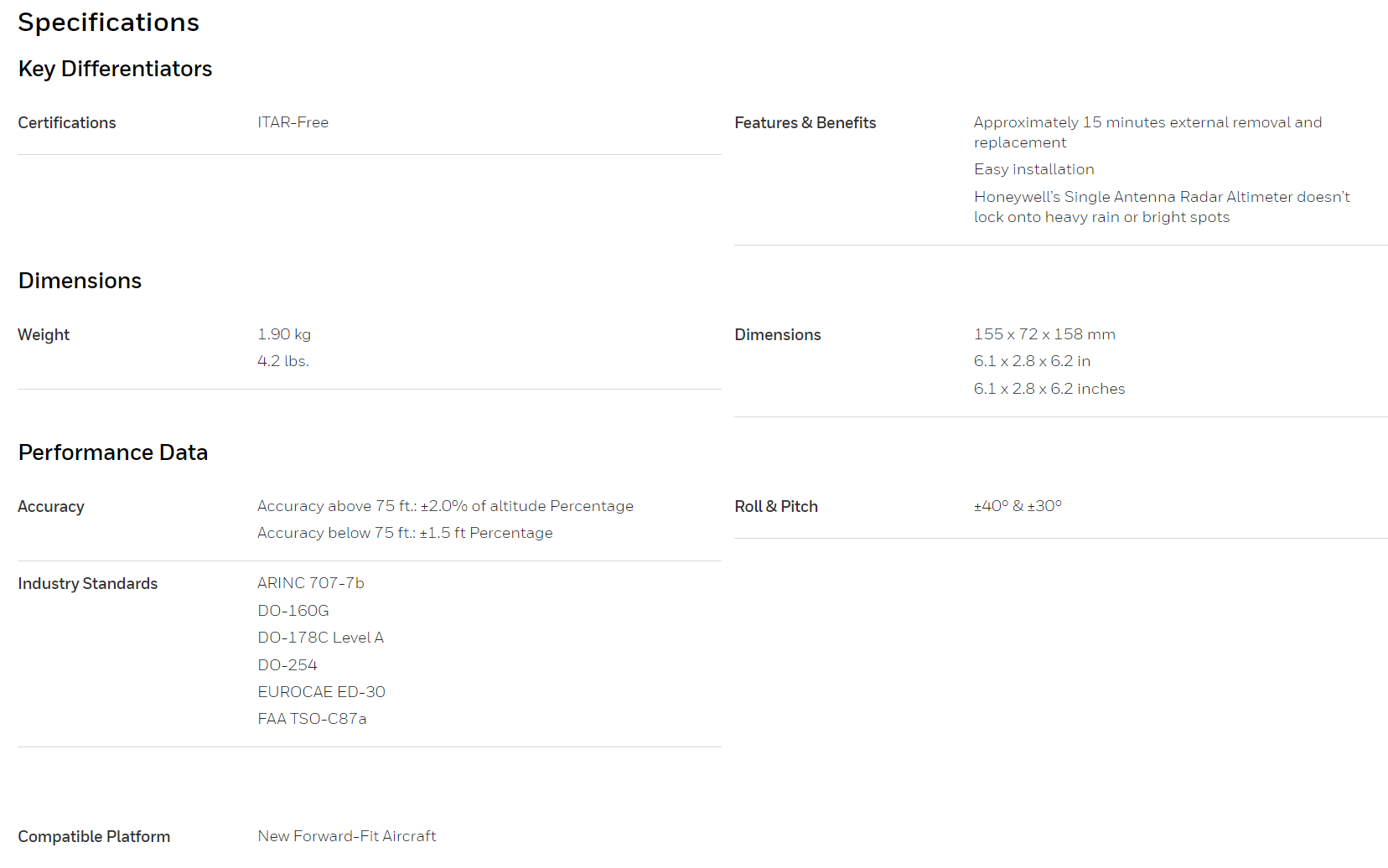
Yes, we retrofit legacy systems (e.g., GE Frame 5, Siemens V94.2) with modern digital controllers, typically completing hardware integration within 4-8 weeks. Software migration requires additional validation time.
We recommend annual performance testing under ISO 3977-2 standards. Critical applications (e.g., offshore platforms) may require semi-annual tests with emissions compliance checks.
All rad-hard devices (e.g., FPGA, ADC) are QML Class V certified under MIL-PRF-38535 and tested to MIL-STD-883 Method 1019 for SEU tolerance. Full qualification reports are available upon request.
Our ASICs and power management ICs operate across -55°C to +175°C ambient temperatures, with derating curves provided in military temperature range (MTR) datasheets.
Our PMA parts (e.g., actuators, sensors) hold FAA/EASA Form 1 certification and match OEM form/fit/function. Installation requires SB/MB documentation per FAA AC 23.1529.
All NAS/MS fasteners include full DNA traceability: melt source (AMS 2301), heat/lot numbers, and AS9100-compliant MTRs with ultrasonic test reports.
AOG orders ship within 4 hours for stocked items (FAA-PMA, EASA Part 21G). Non-stock critical parts trigger priority manufacturing with 72-hour max turnaround.
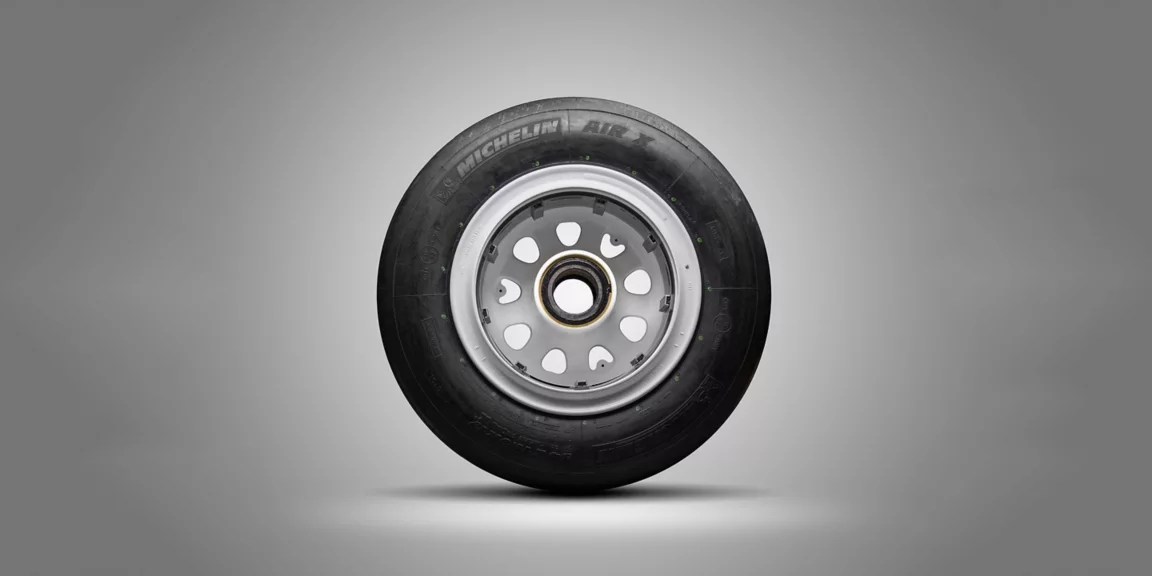
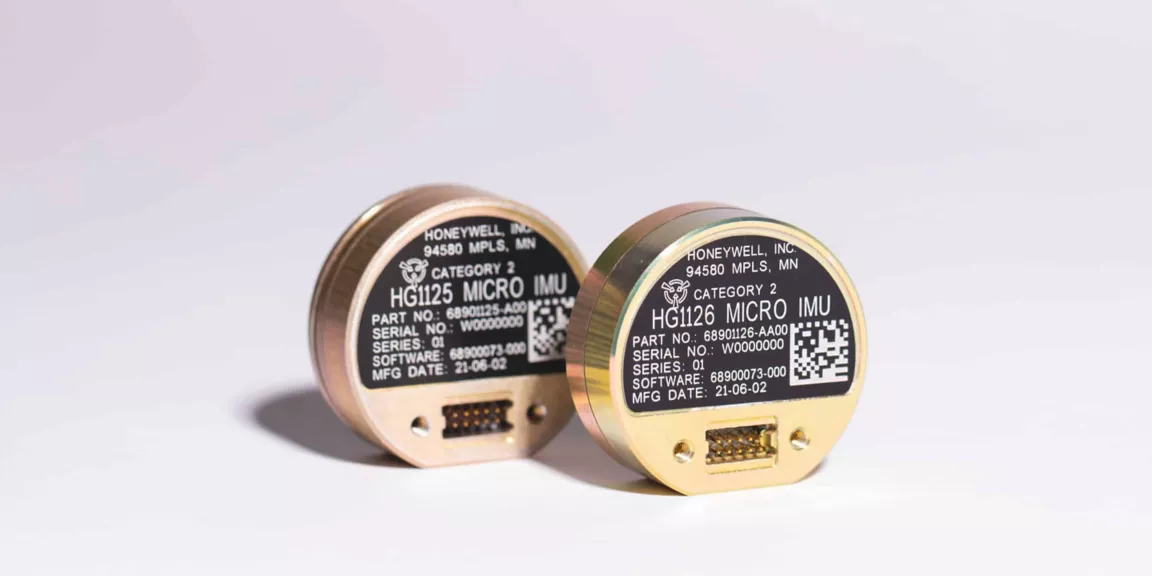
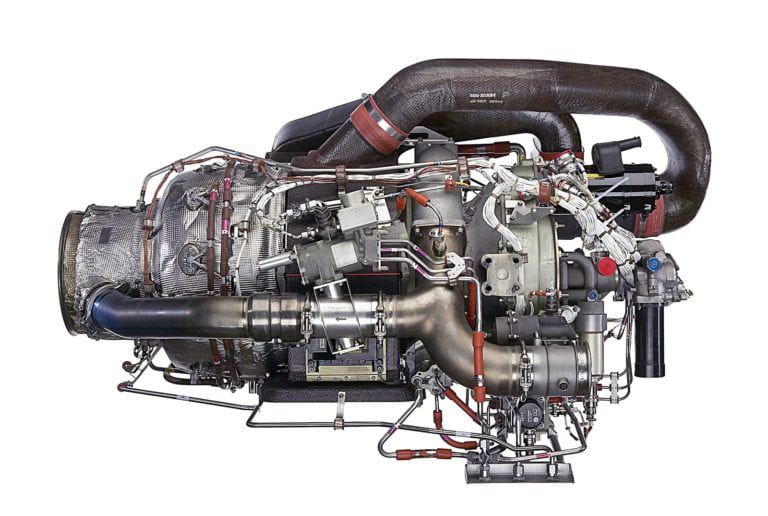
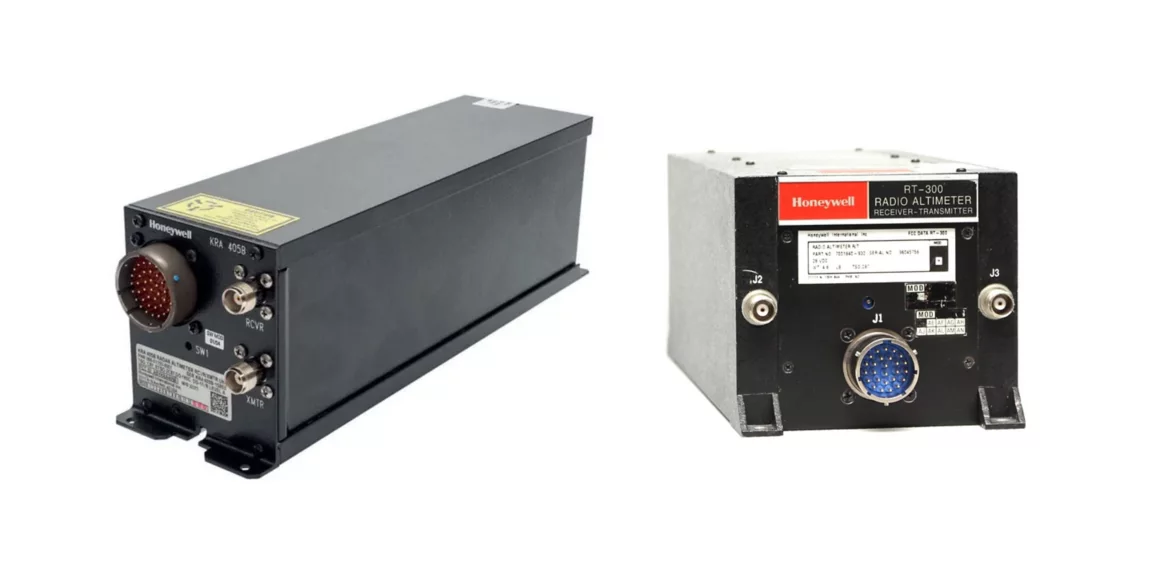
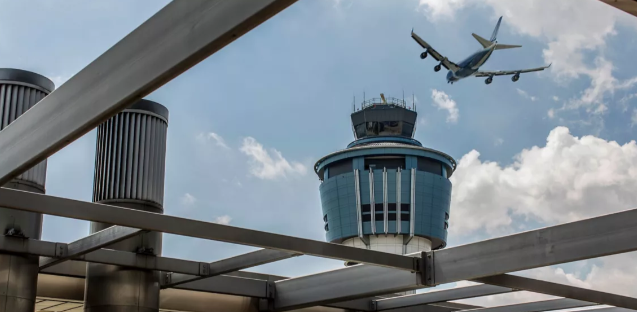
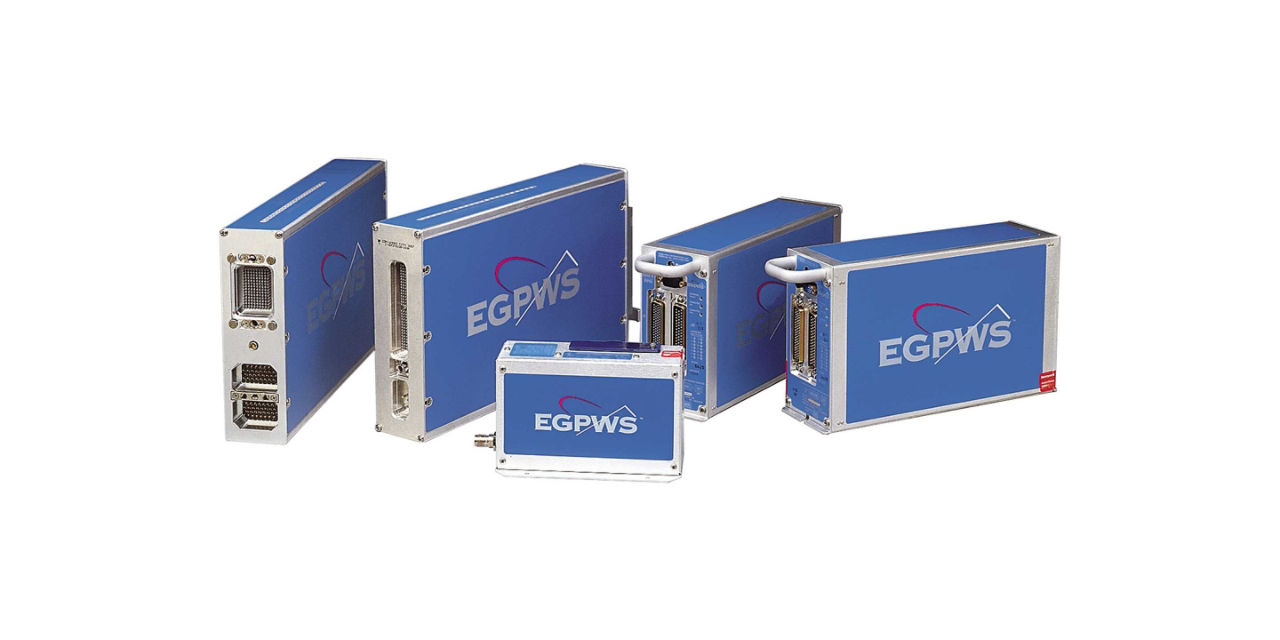
 Gas Turbine
Gas Turbine
 Aircraft parts
Aircraft parts